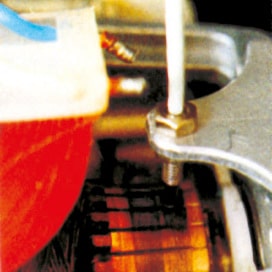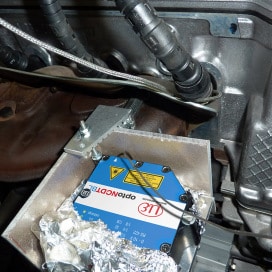Condition monitoring
Conditonal monitoring applies to various industries such as energy, automotive, construction and many more requiring to boost their productivity levels and decrease production and maintenance costs. With the expansion of advanced technologies in the modern era, industries have become more keen in developing sustainable technologies that utilize conditional monitoring.
Conditional monitoring helps in assessing the quality of a product during the production process itself and control key factors affecting the results such as temperature, vibration, contamination and other factors. These factors are controlled and improved in order to ensure safety, decreased environmental risks and optimised plant efficiency.






